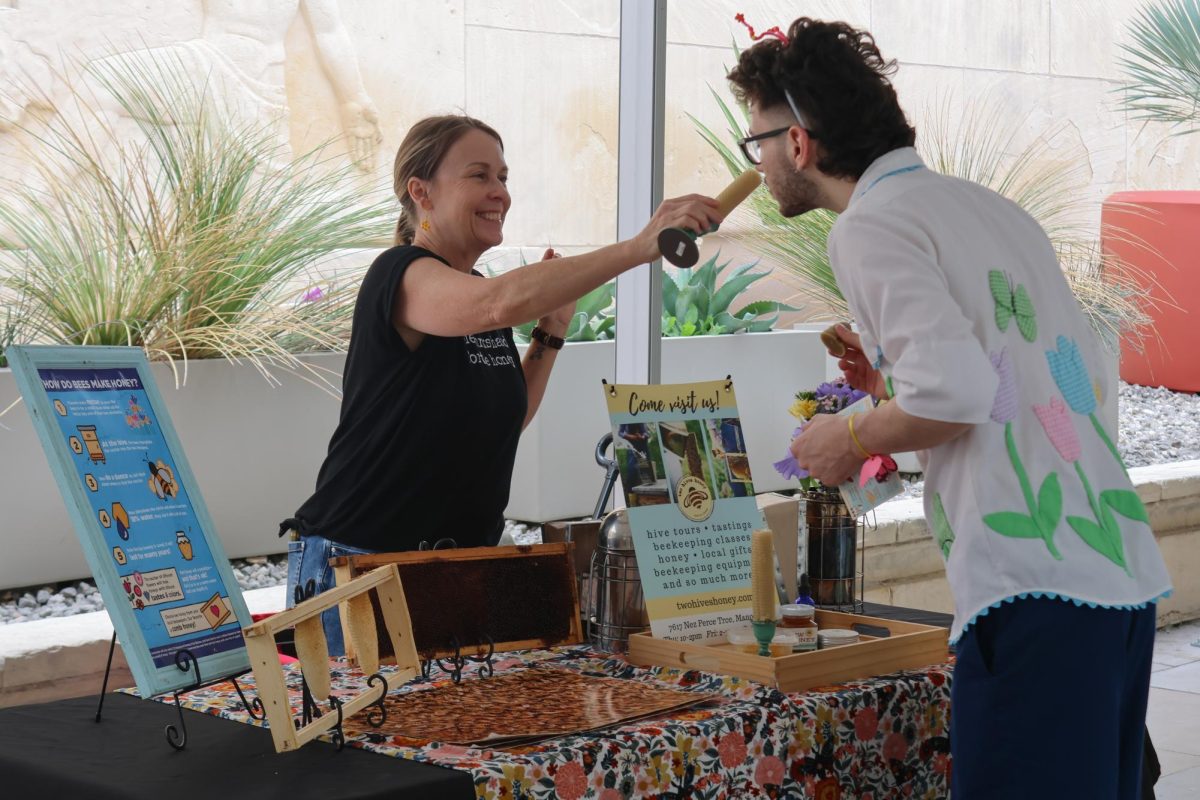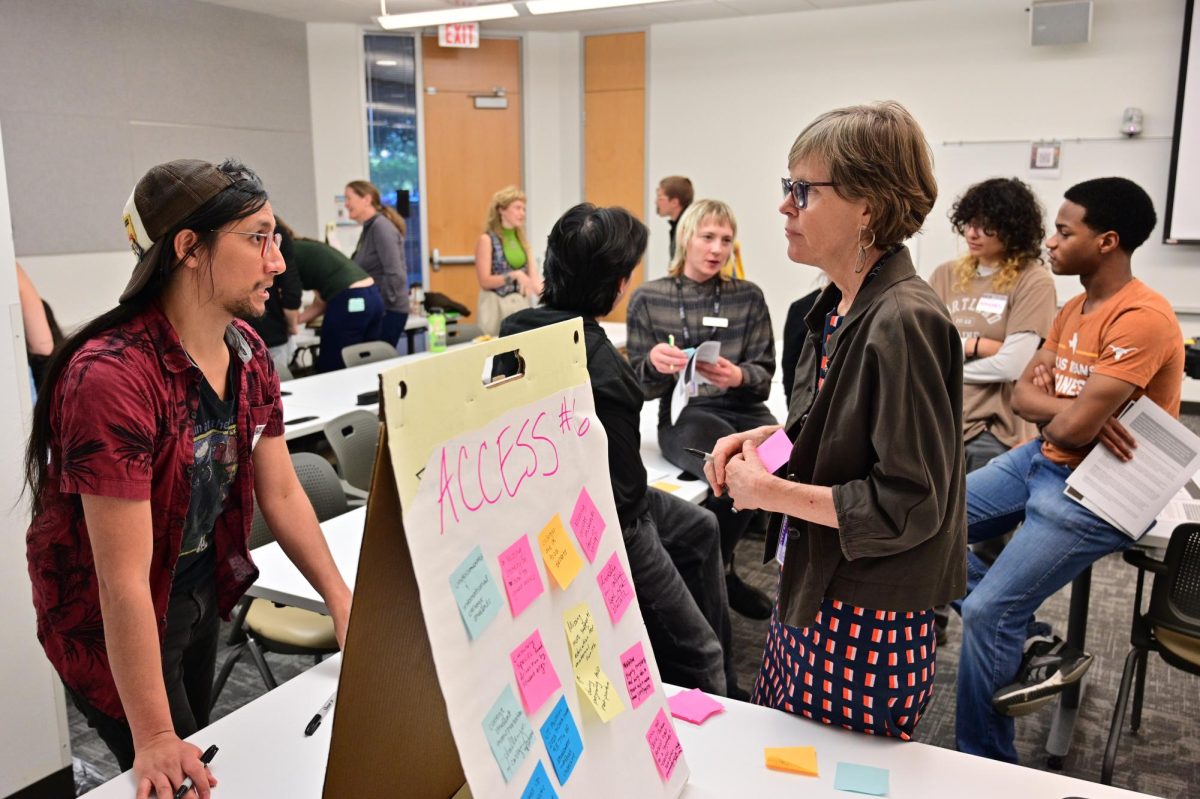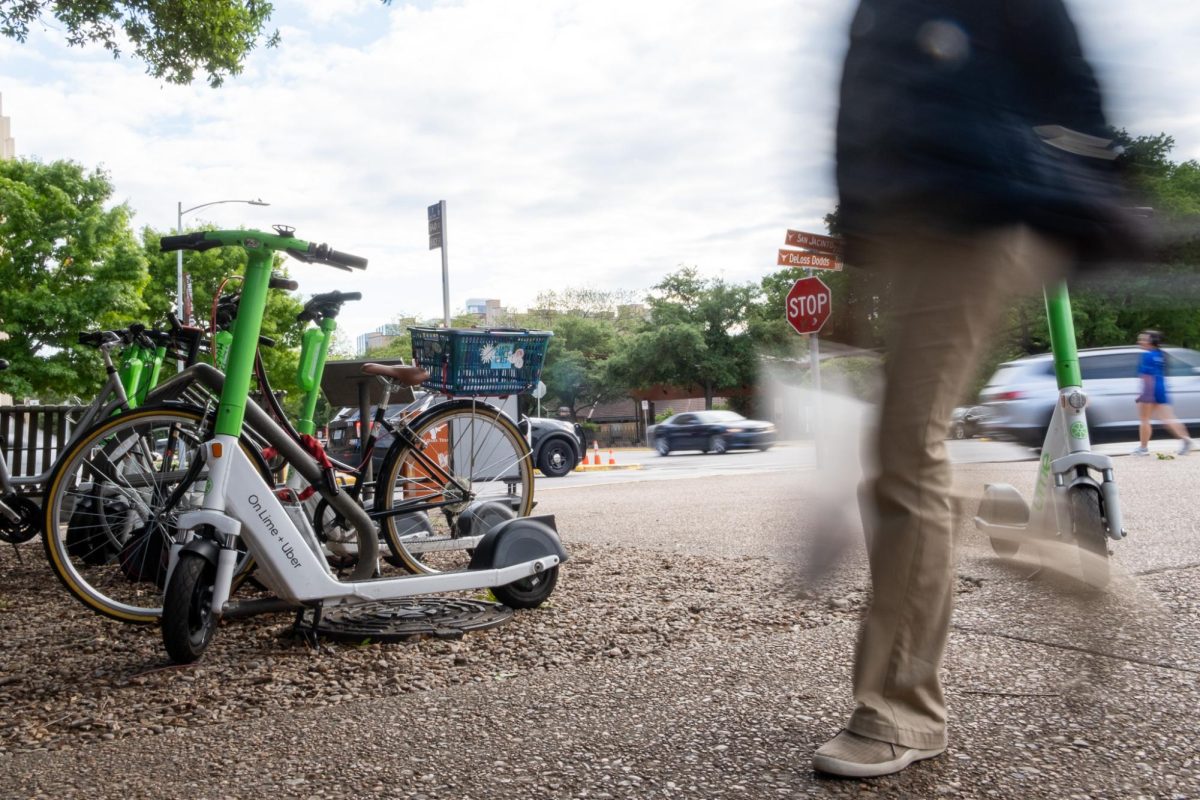Austin is growing more diverse, and more students are migrating to the University area, said a city demographer.
Ryan Robinson, a city demographer, analyzed the 2010 census figures and presented his findings to a group of about 60 people on campus Thursday.
Austin’s total population is now more than 790,000, according to the census. Austin is the 14th-largest city in the country, one spot up from where it ranked in 2000.
International immigration played a major part in the city’s population boom. The city’s white population is aging and remaining stagnant, while the Hispanic population is surging. Fifty-seven percent of the city’s population is now Hispanic, and one in two children born in Austin is Hispanic.
“Even when jobs were falling, international immigration continued to grow,” Robinson said. “Job creation, quality of life relative to competing cities and an extreme sense of [home] are some other things that might have sparked a population growth.”
Robinson said he also found an increase in people living around the University because students moved from the East Riverside area to the West Campus area.
“If UT wasn’t doing as well as it was today, the population in West Campus wouldn’t be as prominent as it is today,” Robinson said.
The black population in the main parts of the city went down. Robinson said he noticed an increase in the black population in Austin suburbs, which may suggest that an increased number of black residents are moving from the city to surrounding areas.
The census also showed how different racial groups inhabited different parts of Austin and which parts were the wealthiest. Slowly, East Austin is losing its previously black majority, while West Austin remains predominantly white, and North Austin is seeing a more concentrated group of Hispanics.
“I find this information very enlightening with regard to how the city is becoming more divided and look forward to seeing how the city will respond to the results,” said Drew Blair, a retired economics professor from St. Edwards University.




















